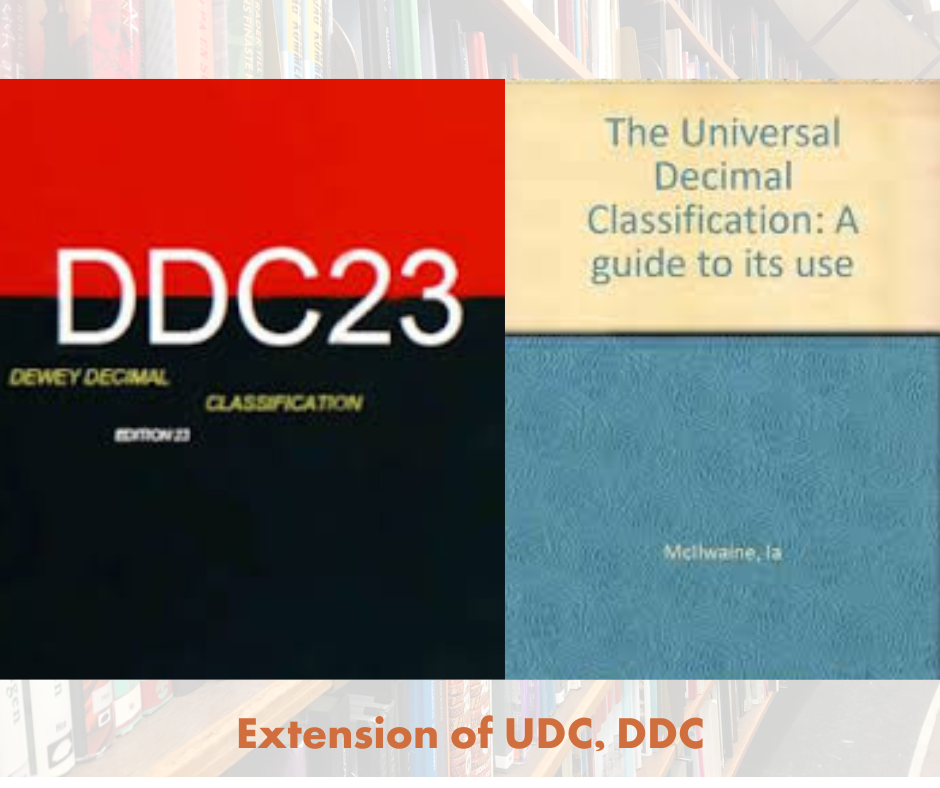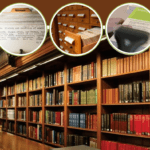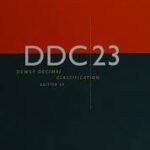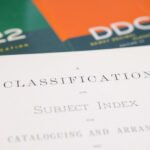UDC follows the main categories and subcategories of Dewey’s system. As a result, UDC, like DDC, has become a comprehensive general classification system. Over the years, modern theory has been adopted more actively in the field of UDC classification.
Extension of UDC, DDC:
The International Conference on Bibliography held in Brussels on 2-4 September 1895 formed the IIB (Institute of International de Bibliography) to examine this topic. Later, in 1931, this organization was given the name IDD (Institute of International de Documentation) and in 1938, it was given the current name FID (Federation of International de Documentation). The current office of this organization is located in the city of “The Hague”.
- The purpose of this organization is to prepare an international bibliography of all the knowledge resources of the world. A classification system was needed to organize the bibliographic index on a subject-based basis. At that time, the DDC system was in use. Since it was not suitable for this purpose, it was decided to formulate a new system and UDC (Universal Decimal Classification) was formulated in imitation of DDC.
At the beginning of the formation of IIB, UDC was first formulated in 1905 according to Hewry Hopwood’s Article, Dewey Expanded, through a conference in Brussels. Since UDC completely follows the main categories or classes and prefixes of DDC Dewey, Mr. Hopwood, the initiator of the UDC scheme, like DDC, he admitted that UDC is an extension of DDC in his article on the expansion of Dewey. In that case, no question of disagreement arises. To determine the correct class number of books written and printed on complex and compound subjects, additional auxiliary symbols such as +(Plus),/(Stroke) etc. have been used in DDC, which proves the superiority of UDC over DDC.

Moreover, the fact that UDC is based on DDC can be easily understood by reviewing the history of UDC. The difference in its auxiliary symbols is discussed below-
| DDC | UDC | |
| 000 | General works | 0 |
| 100 | Philosophy | 1 |
| 200 | Religion | 2 |
| 300 | Social Science | 3 |
| 400 | Languages | 4 |
| 500 | Pure Science | 5 |
| 600 | Technology | 6 |
| 700 | The Arts | 7 |
| 800 | Literature | 8 |
| 900 | General geography and history | 9 |
So we see that the base on DDC is a three-digit number and the base of UDC is shortened to one number. Again, like ddc, the decimal usage of UDC remains unchanged after three digits. However, only the zero is used differently. For example –
| DDC | UDC | ||
| General Science | 500 | General Science | 5 |
| Mathematics | 510 | Mathematics | 51 |
| Arithmetic Algebra | 511 | Arithmetic Algebra | 510 |
| Algebra | 510 | Algebra | 510 |
Common auxiliary symbols of UDC
Notation: The notation of DDC is pure notation. For example: Pure Science 500 Chemistry 540.
The notation in UDC is mixed and some common auxiliaries are used. Each of these has its own notation. These are very effective, significant, fixed and specific as mnemonics. As a result, UDC is more helpful for special libraries. The common auxiliary symbols of UDC are as follows:
1. + Edition: The connecting symbol (+) is used to connect two separate but often related subjects in the scheme. For example, Physics and Chemistry 53 + 54, it is known that several subjects have been discussed in a text.
/Extension: This is called a stroke symbol. To find the square number of books written on more than two subjects but the position of the subjects in the scheme is continuous, the stroke symbol is used instead of the plus sign (+).
That is, when a text material includes more than two interrelated subjects such as –
- Science and Technology 5/6
- Christianity 22/28
3. Relation: This symbol is used to connect related subjects of equal value. For example –
- Production Statistical Analysis 338[31]
- Religion in Education 37[2]
- Physics Sound 530[534] etc.
4. Bracket: This indicates a minor subject related to a major subject.
- Production Statistical Analysis 338[31]
- Religion in Education 37[2]
- Physics Sound 530[534] etc.
5. =Language: In UDC, the equal sign (=) is used to indicate the language in which a particular book is written. This symbol is used for the language along with the category number for the subject published in any language. For example:
- Physics and Chemistry in English 53+54=20
- Dictionary of chemistry in German 54(03) =30
In fact, the equal sign is used instead of 4.
6. Formation (shape, bracket naught): This sign is used to express expression, that is, to express the shape or aspect of a subject. For example –
- Hand book of Physics 53(02)
- Theory of Chemistry 54(01)
7. (1/9) Location: This symbol is used with the class number of the main subject to indicate the geographical area of a subject. For example:
- Indian Railway Station 385(/54)
8. (=) Race or Nationality: This symbol is used to indicate the race or nationality of a subject. For example:
- Folk song of the Indian people 784.4(=54)
- History of France and Canada 9(71=4)
9. ” ” (Inverted comma) Time: This symbol is used to indicate a time and date included in the subject. For example:
- 30th January of 1994”1994.01.30”
10. A/Z Alphabetical Specification: This symbol is used when using a name or initials of a name with the main class number. For example:
- The works of Shakespeare 820 (Shak)
11. 00 Point of View: The task of this group is to organize the material in a comprehensive manner to achieve a specific objective, especially in the direction of a specific topic. For example:
- Ministry of Personnel 622.007
It is undeniable that the systematic arrangement of UDC, through its simplicity, brevity and mnemonic symbols, has proven the scheme to be the best tool for the search for information through its presentation and presentation style. Basically, UDC has been adapted to the modern world with the integration of new technological knowledge. By the classification of DDC, only the location of the book in the library is known but where the book is currently published is not known. By the UDC classification number, the location of the book in the library and where it is currently published are known. Therefore, after the overall analysis, it is fairly proven that the extension of DDC is UDC. Therefore, it is suitable for special libraries.



